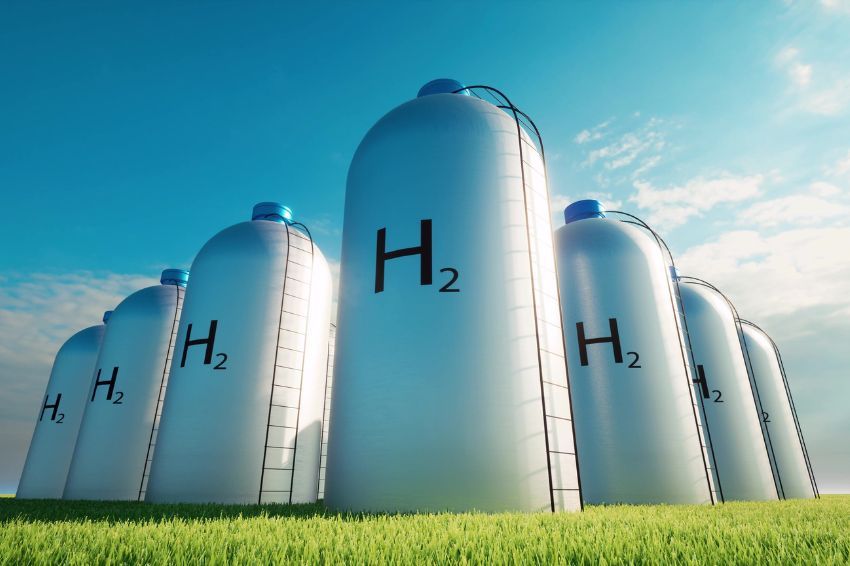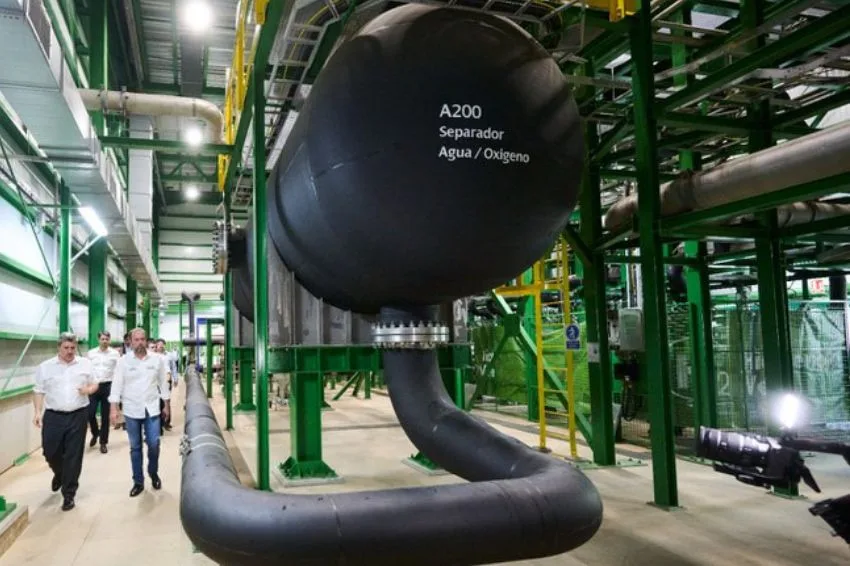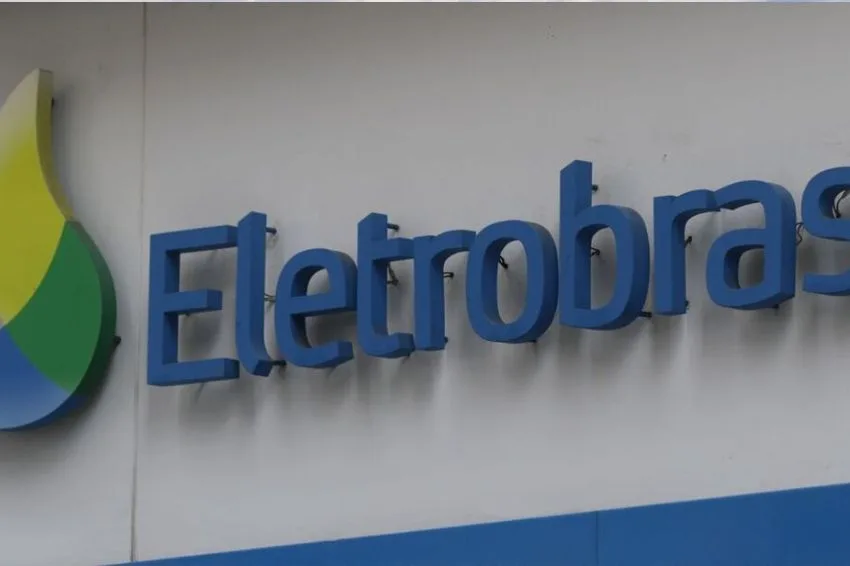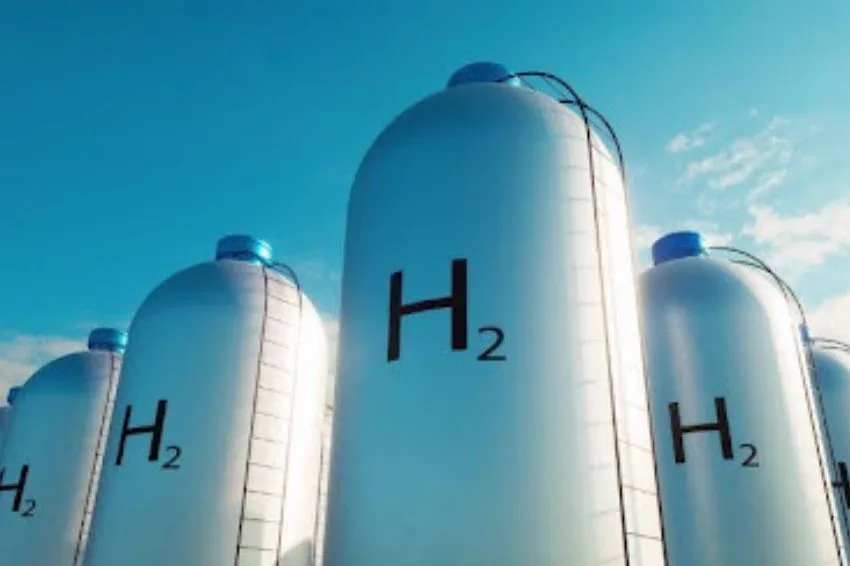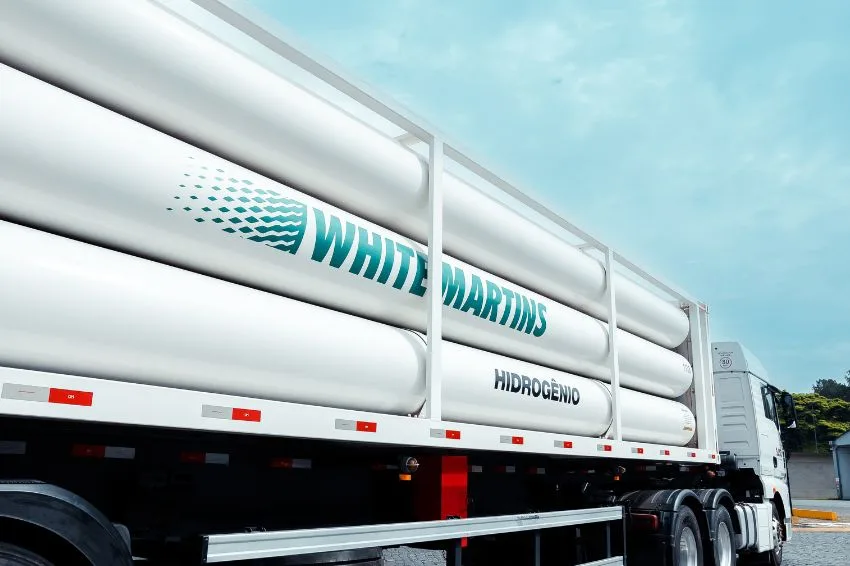A IRENA (International Renewable Energy Agency) and the Bluerisk, global expert in water risk assessment and management, carried out one analysis what states that H2V production (Green Hydrogen) uses almost one third The any less in water per kilo than the H2A (blue hydrogen).
The report “Water for Hydrogen Production” recommends that hydrogen production plants that are supported by fossil fuels be phased out globally.
A project of law recently approved in the Chamber of Deputies, aims to regulate this sector, and admits the use of natural gas thermal plants to produce hydrogen, but the text will be analyzed by the Senate.
“Our analysis sheds light on an often overlooked aspect of hydrogen’s role in the energy transition: the water impact of clean hydrogen production,” said Ute Collier, acting director of IRENA’s Center for Knowledge, Policy and Finance.
For the director, “some forms of hydrogen production that seek to reduce greenhouse gas emissions will, in reality, increase the risk of water stress on a local scale, including the fact that green hydrogen is the best choice to help achieve the world’s climate target of (global warming of) 1.5°C.”
The study highlights that H2V is a more sustainable fuel option compared to fossil fuels. It only needs two components to be produced – water and energy (in the case of renewable sources). This technology, when consumed, does not produce waste, other than water vapor.
According to the analysis, global water demand for hydrogen is scheduled to triple by 2040 and increase sixfold by 2050. The hydrogen that needs this resource most is that made from CCS (coal with carbon capture and storage systems). carbon), which has a water intensity more than twice that of green hydrogen.
“Carbon capture and storage systems can cause water demand for hydrogen production to reach alarming levels. Adding CCS to a coal plant that produces approximately 230 kilotonnes of hydrogen annually would require a volume of water that could sustain the entire population of London for half a year,” explains Tianyi Luo, director of Bluerisk.
“The results are clear: policymakers must prioritize green hydrogen above all else, especially in water-scarce regions,” he adds.
The report highlights the need to incorporate water considerations into the planning and approval of hydrogen projects. This is due to the fact that more than a third of green and blue hydrogen production projects, whether in the planning phase or already in operation, are located in areas highly prone to water scarcity.
This situation exposes such projects to the risk of facing interruptions and uncertainties related to environmental regulations if water demand management is not carried out adequately. This is especially evident in regions such as the Northeast, where plans are underway to install green hydrogen plants.
The report also highlights that green hydrogen also promises to increasingly reduce dependence on water with the adoption of air cooling and improvements in electrolysis efficiency, as a 1% increase in electrolysis efficiency results in a 2% reduction in water requirements.


